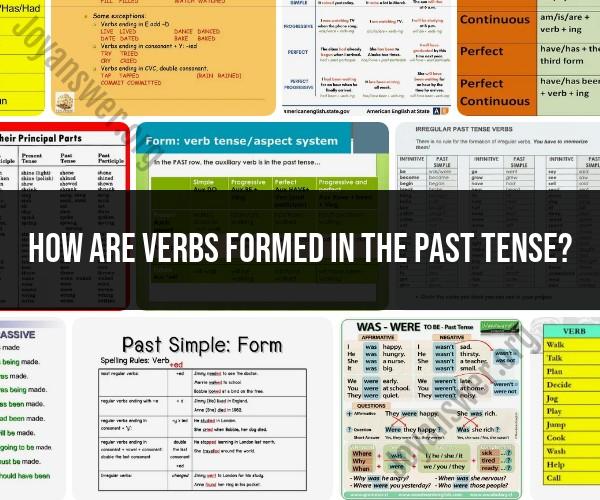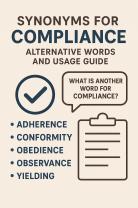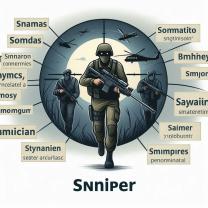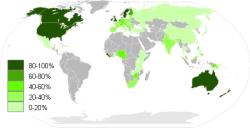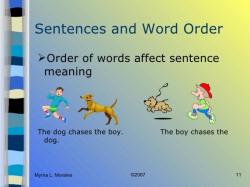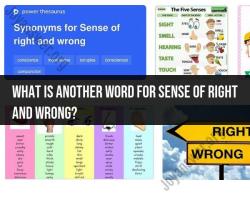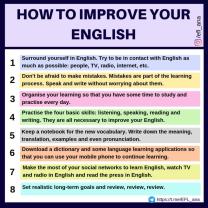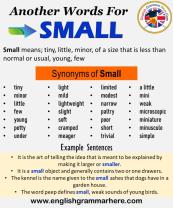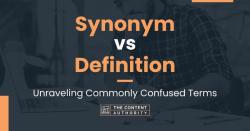How are verbs formed in the past tense?
Verbs in the past tense are used to describe actions that have already happened in the past. In English, there are several ways to form verbs in the past tense, and the method you use depends on the verb's regularity (whether it follows a standard pattern) and its specific characteristics. Here are the main ways to form verbs in the past tense:
Regular Verbs:
Regular verbs follow a consistent pattern when forming the past tense. The typical rule for regular verbs is to add "ed" to the base form of the verb. Here are some examples:
- Walk (base form) -> Walked (past tense)
- Talk (base form) -> Talked (past tense)
- Play (base form) -> Played (past tense)
Note that most verbs in English are regular and follow this pattern.
Irregular Verbs:
Irregular verbs do not follow the standard "ed" rule for forming the past tense. Instead, they have unique forms for the past tense. Some common irregular verbs include:
- Go (base form) -> Went (past tense)
- Be (base form) -> Was (past tense, first person singular), Were (past tense, second person singular and all plural forms)
- Have (base form) -> Had (past tense)
Unfortunately, there is no set pattern for irregular verbs, so you need to learn the past tense forms individually.
Phrasal Verbs:
Phrasal verbs are combinations of verbs and particles (prepositions or adverbs). When forming the past tense of phrasal verbs, you typically change the main verb to its past tense form while keeping the particle the same. For example:
- Look up (base form) -> Looked up (past tense)
- Run into (base form) -> Ran into (past tense)
Modal Verbs:
Modal verbs, such as "can," "could," "may," "might," "shall," "should," "will," and "would," do not change form to indicate the past tense. Instead, they are used with other verbs to convey past actions or conditions. For example:
- She could swim when she was five years old.
- He would often visit his grandmother on weekends.
Past Perfect Tense:
The past perfect tense is used to describe an action that occurred before another action in the past. To form the past perfect tense, use "had" followed by the past participle of the main verb. For example:
- She had finished her work before the meeting started.
Continuous and Perfect Continuous Tenses:
In addition to the simple past tense, there are continuous (e.g., past continuous) and perfect continuous (e.g., past perfect continuous) tenses that describe ongoing or continuous actions in the past. These tenses involve using "was/were" with the base form of the verb and "had been" with the present participle.
Understanding how to form verbs in the past tense is essential for effective communication in English. Regular verbs follow a consistent pattern, while irregular verbs require memorization. Additionally, phrasal verbs, modals, and other tenses provide flexibility and nuance when discussing past actions and events.
